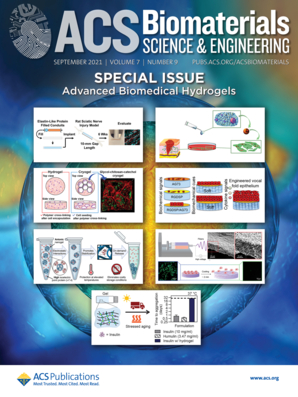|
Autors/es
Duran-Mota, Jose Antonio ; Quintanas Yani, Júlia; Almquist, Benjamin D.; Borrós, Salvador ; Quintanas Yani, Júlia; Almquist, Benjamin D.; Borrós, Salvador ; Oliva, Nuria ; Oliva, Nuria
|
Abstract
Impaired cutaneous healing leading to chronic wounds affects between 2 and 6% of the total population in most developed countries and it places a substantial burden on healthcare budgets. Current treatments involving antibiotic dressings and mechanical debridement are often not effective, causing severe pain, emotional distress, and social isolation in patients for years or even decades, ultimately resulting in limb amputation. Alternatively, gene therapy (such as mRNA therapies) has emerged as a viable option to promote wound healing through modulation of gene expression. However, protecting the genetic cargo from degradation and efficient transfection into primary cells remain significant challenges in the push to clinical translation. Another limiting aspect of current therapies is the lack of sustained release of drugs to match the therapeutic window. Herein, we have developed an injectable, biodegradable and cytocompatible hydrogel-based wound dressing that delivers poly(β-amino ester)s (pBAEs) nanoparticles in a sustained manner over a range of therapeutic windows. We also demonstrate that pBAE nanoparticles, successfully used in previous in vivo studies, protect the mRNA load and efficiently transfect human dermal fibroblasts upon sustained release from the hydrogel wound dressing. This prototype wound dressing technology can enable the development of novel gene therapies for the treatment of chronic wounds.
|

WoS
Scopus
Altmetrics
  
|
|
Publicació
ACS Biomaterials Science & Engineering, 13 September 2021, v.7, n.9, p. 4347–4361
|
